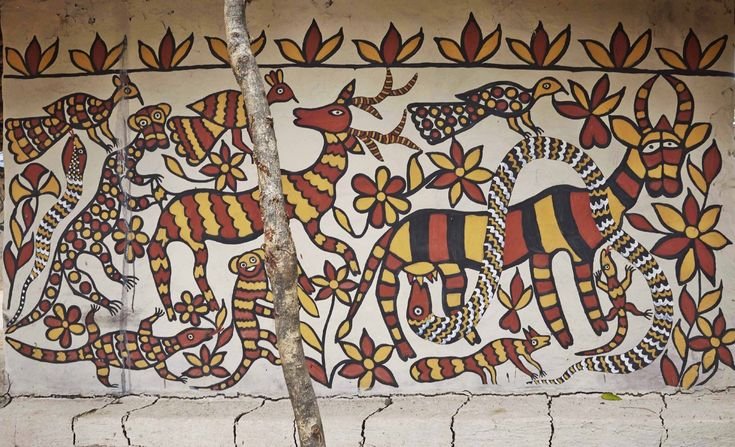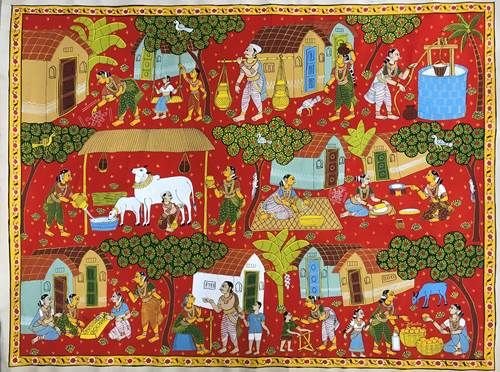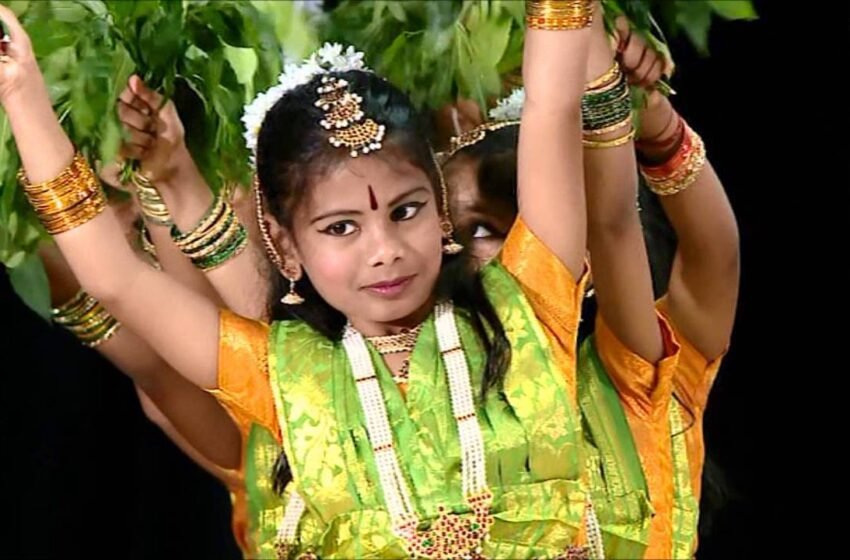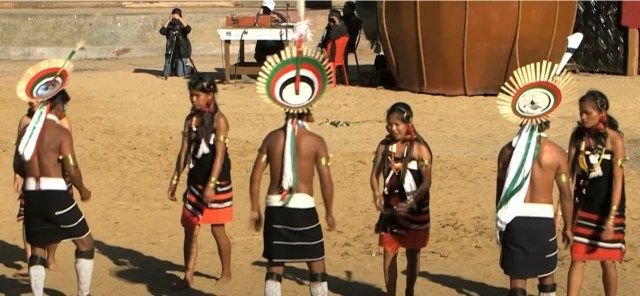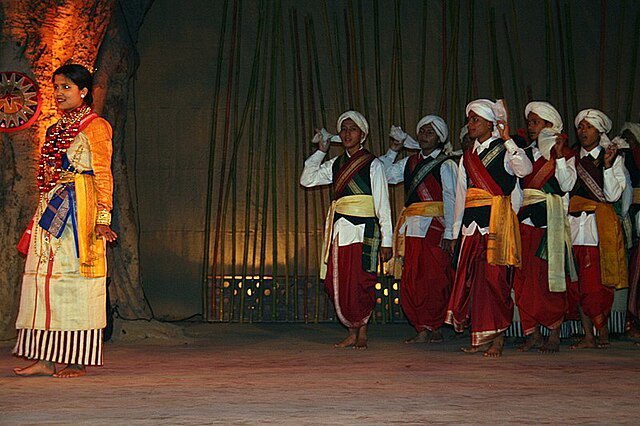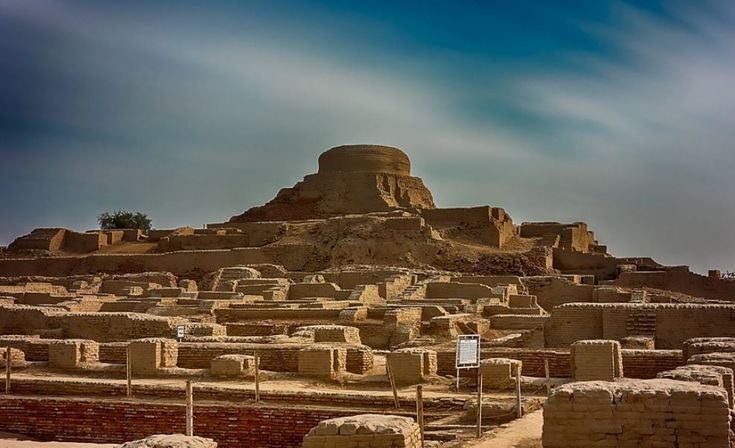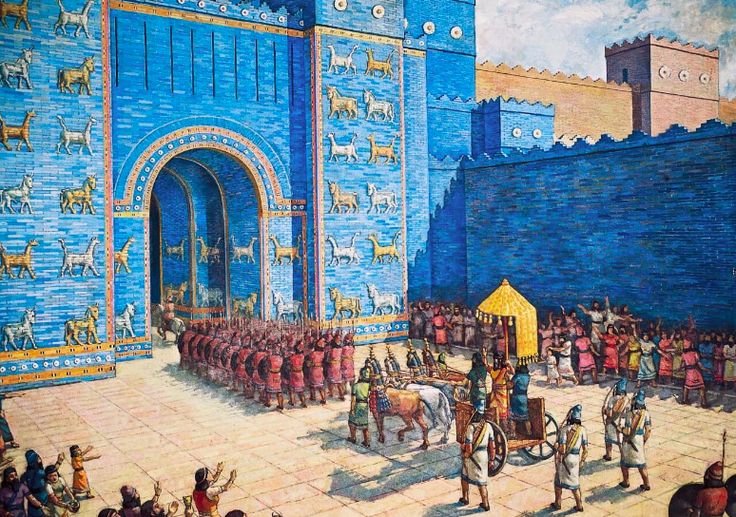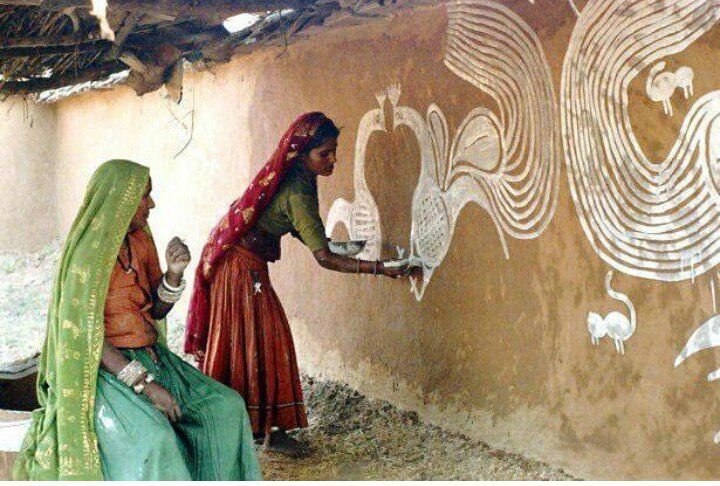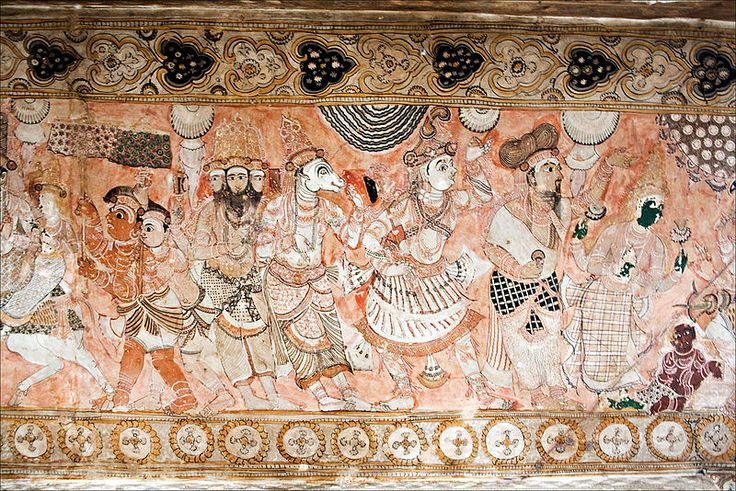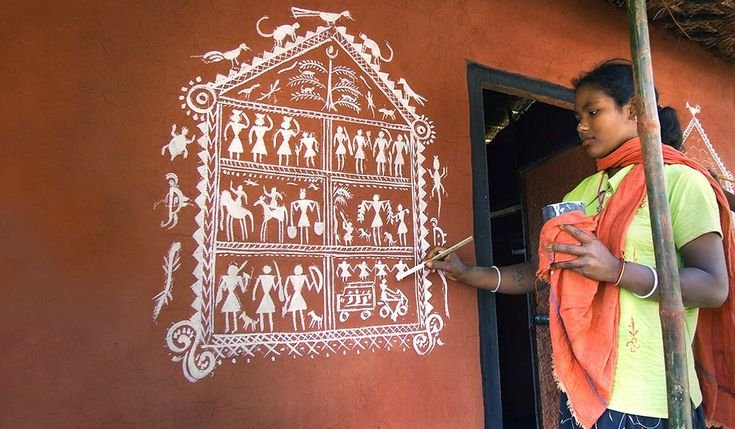Khovar and Sohrani are ancient forms of tribal wall art from Jharkhand, deeply connected to the region’s cultural heritage. These beautiful paintings, created by indigenous women, are known for their intricate designs, often inspired by nature. However, these art forms are increasingly threatened by the rise of industrialization. While they have long been celebrated for […]Read More
Tags : HISTORY
Cheriyal Scroll Painting: A Vibrant Tradition of Telangana’s Storytelling
Cheriyal Scroll Painting is a vibrant and unique art form that originates from the Telangana region of India. It combines rich storytelling with intricate visuals, creating a captivating blend of color and detail. More than just an art form, Cheriyal Scroll Painting serves as a medium of cultural preservation, capturing the lives of local deities, […]Read More
Manipur, a land renowned for its vibrant cultural traditions, is home to a rare and nearly extinct ritual dance—the Mariamman Dance. This dance was once an integral part of religious ceremonies, performed in honor of Goddess Mariamman, a deity associated with rain, healing, and protection from epidemics. Although predominantly found in Tamil Nadu, the worship […]Read More
Nagaland, a northeastern state of India, is home to some of the bravest warrior tribes. Among them, the Zeliangrong Naga tribe, residing in the hilly terrains of Mount Barail, holds a rich cultural heritage. This tribe is well known for its traditional dance forms, the most remarkable being the Zeliang dance. This dance is not […]Read More
Meghalaya, the land of rolling hills and rich tribal heritage, is home to some of India’s most vibrant and unique folk traditions. Among its many cultural treasures, the Laho Dance stands out as a joyful and communal performance, deeply rooted in the traditions of the Pnar community. Unlike other folk dances that rely on elaborate […]Read More
The Indus Valley Civilization (IVC), one of the world’s earliest urban civilizations, thrived between 2500 BCE and 1900 BCE in what is now Pakistan and north-western India. Alongside Mesopotamia and Ancient Egypt, it formed one of the great early centers of human civilization. Known for its advanced urban planning, sophisticated trade networks, and remarkable craftsmanship, […]Read More
Mesopotamian civilization, often referred to as the “cradle of civilization,” emerged in the fertile plains between the Tigris and Euphrates rivers. It spanned over several millennia and gave rise to some of the most influential art forms in human history. The art of Mesopotamia is a reflection of the civilization’s intricate social, political, and religious […]Read More
Mandana painting is a beautiful and ancient folk art form from Rajasthan and Madhya Pradesh, deeply woven into the cultural fabric of these regions. Traditionally created by rural women, these paintings adorn floors and walls with intricate geometric patterns, floral designs, and depictions of animals, birds, and deities. The process is simple yet striking—white chalk […]Read More
Tucked away in the Anantapur district of Andhra Pradesh, the Lepakshi Temple is a stunning reminder of the grandeur of Vijayanagara architecture. Steeped in history, mythology, and artistic brilliance, this temple is home to some of India’s most exquisite surviving frescoes. These vibrant wall paintings, once a common artistic tradition, have become increasingly rare due […]Read More
Saura painting is a stunning folk art form from Odisha, India, deeply rooted in the traditions of the Saura tribe—one of the country’s oldest and most culturally rich indigenous communities. These paintings stand out for their simplicity, symbolism, and vivid depictions of nature, animals, and daily life. What makes them truly special are their intricate […]Read More
